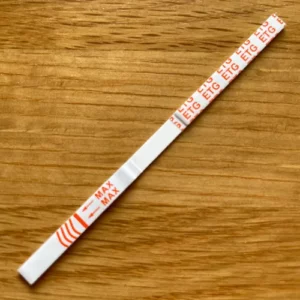Urine tests are commonly used to detect recent alcohol consumption. But how exactly do they work? This article provides an overview of alcohol urine tests and how to interpret the results.
What is an Alcohol Urine Test?
An alcohol urine test analyzes a urine sample to check for the presence of alcohol metabolites. These tests can show alcohol exposure for 24 hours or more after your last drink.
Urine tests are often required for employment screening or parole monitoring to prove abstinence from alcohol. They provide a longer detection window than breathalyzers at a lower cost.
There are many reasons someone may be asked to take an alcohol test. The majority of cases are work-related, for example if an employee is suspected of drinking on the job. Court-ordered testing also ensures parolees remain alcohol-free.
How the Body Processes Alcohol
After consuming alcohol, the body breaks it down into other compounds like ethyl glucuronide (ETG). ETG can be detected in urine for up to 80 hours after ingestion.
It takes approximately 2 hours for alcohol to appear in urine after drinking. Concentrations peak between 30 minutes to 1 hour post-intake. After reaching this maximum, levels gradually taper off depending on the amount ingested.
Urine tests can detect alcohol for 1-2 hours longer than blood tests. This makes urine the most practical specimen for workplace alcohol screening.
ETG Urine Tests Detect Long-Term Exposure
Many urine alcohol tests look for the ETG metabolite. ETG is produced when the body breaks down alcohol and clears it from the system.
ETG urine test strips provide a quick and easy way to screen for alcohol use. The strip changes color in the presence of ETG, no lab equipment required.
When to Test and How to Read Results
Urine alcohol tests can be performed at any time. To test:
- Take the strip from the sealed pouch and dip it in a fresh urine specimen.
- Wait 15 seconds and lay the strip on a clean, flat surface.
- Negative results appear quickly, but wait 5 minutes for positive results to fully develop.
A reddish Control Line must appear for the test to be valid. If another line forms below this, the result is negative. One line only indicates a preliminary positive. Retesting may be needed to confirm.
What the Results Mean
- Negative: No alcohol detected in the sample. Retest later if needed.
- Preliminary positive: Alcohol metabolites present. Confirm with a second test.
An easy urine screen provides valuable information about recent alcohol use. Consider adding ETG testing to your alcohol prevention program.
Photo: “Workers” by Anthony Cunningham for Zoom Testing
Zoom Testing is a leading UK drug testing company and a supplier of Drug Test Kits.






